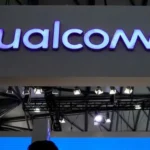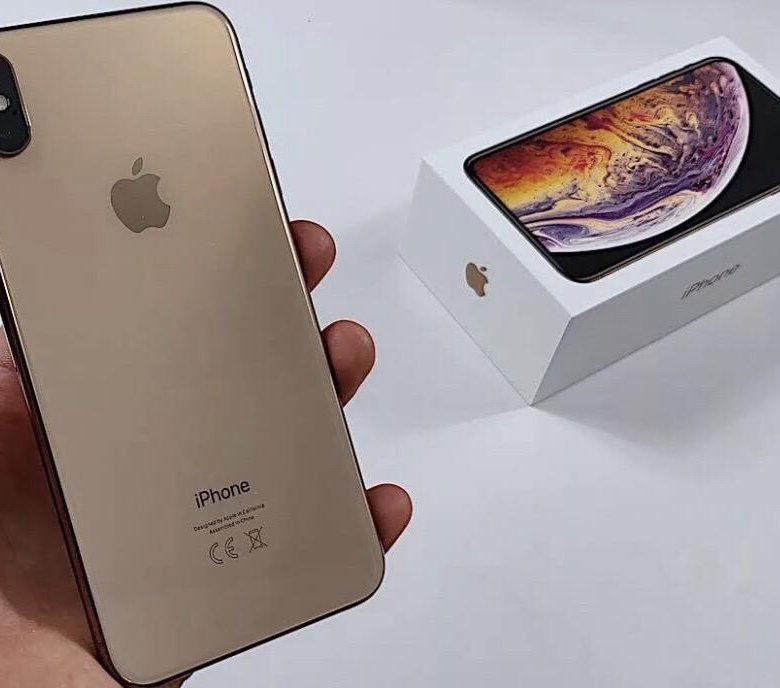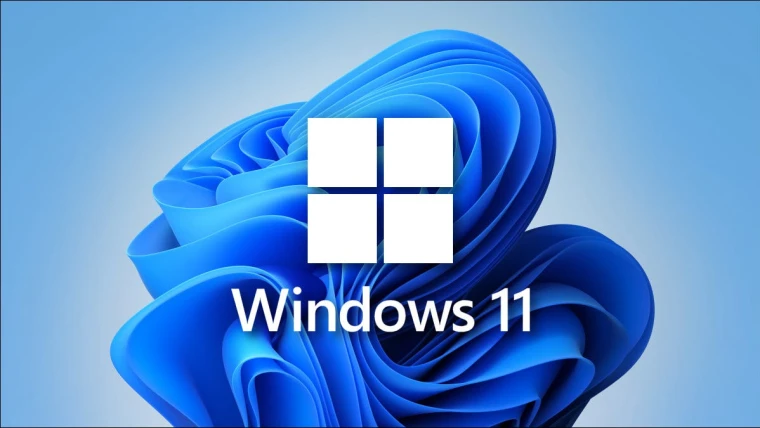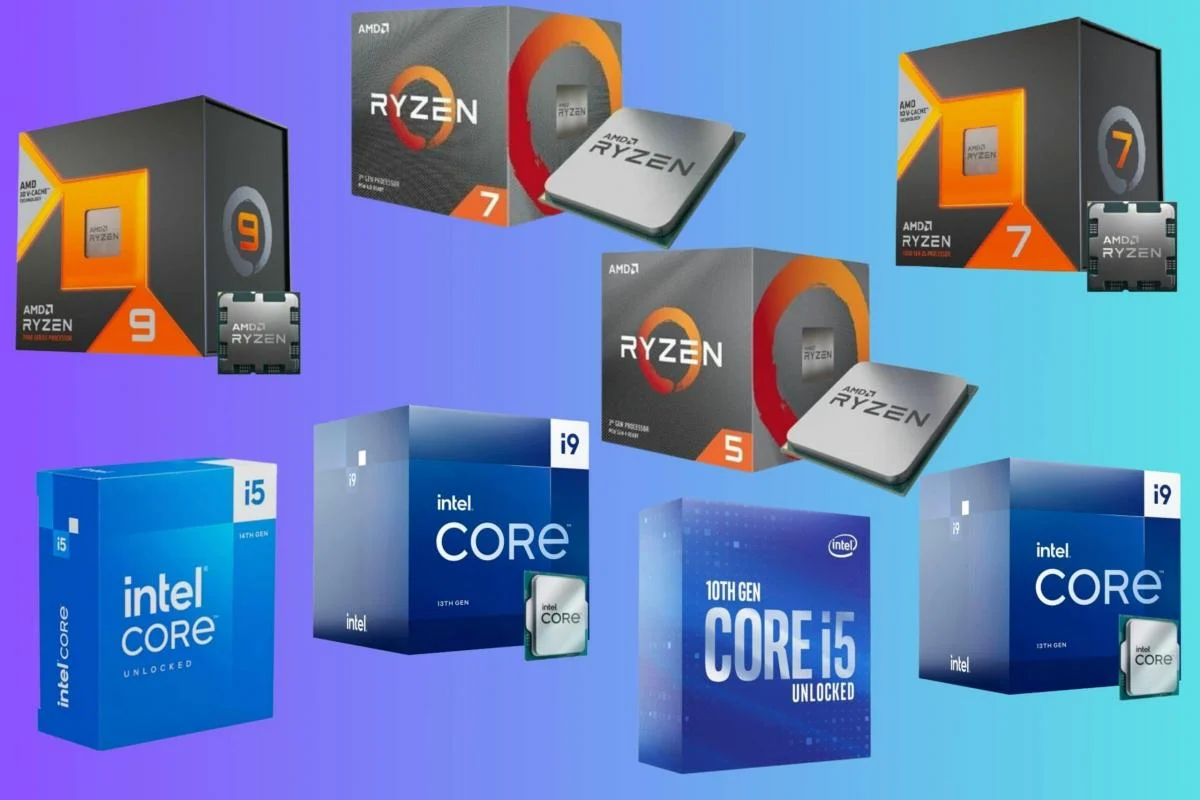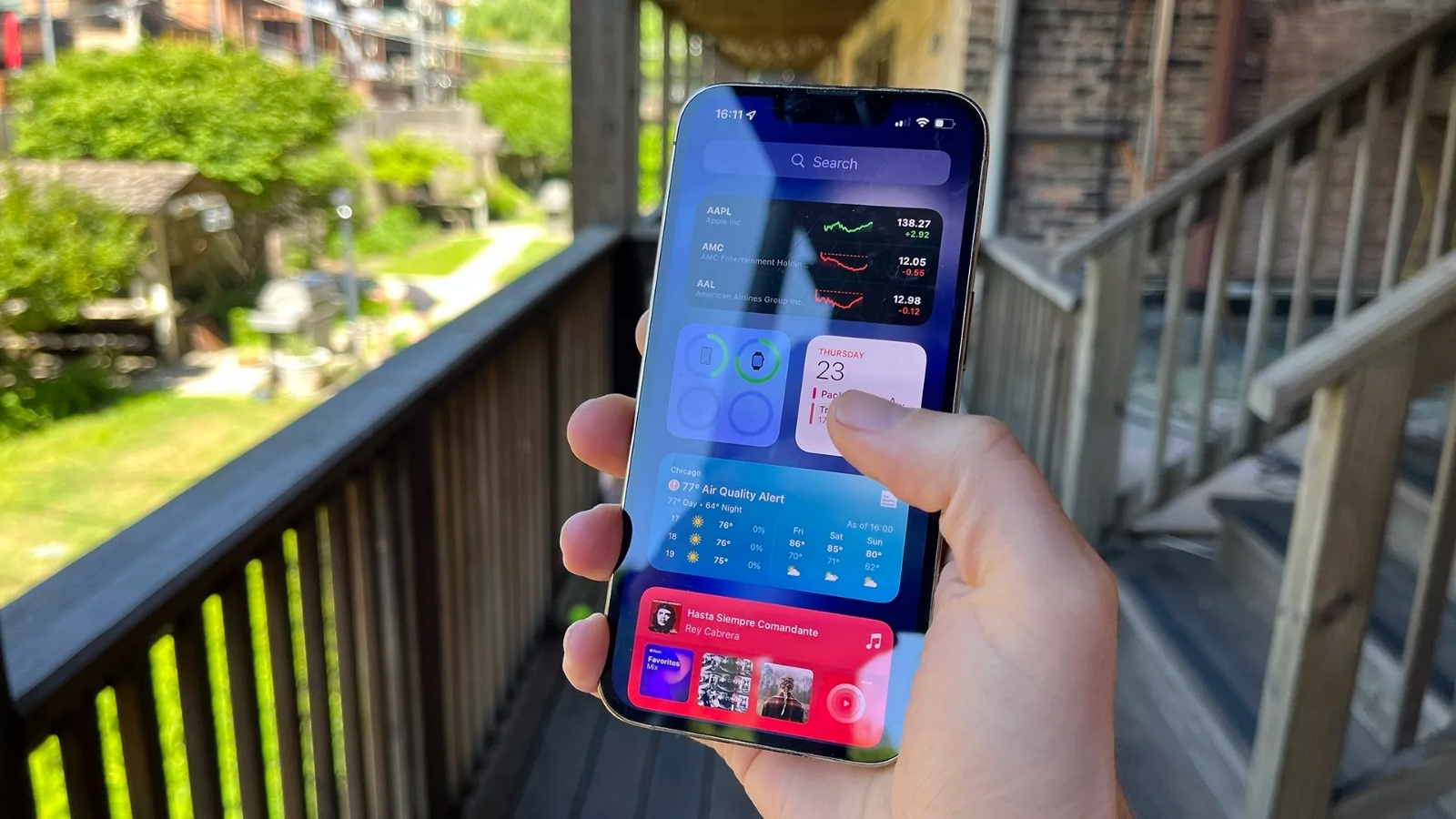Despite its nearly 6-year-old release, the iPhone XS remains a sought-after product for many. The phone has an acceptable price, it still boasts highlights in design, the iOS operating system, and impressive video recording capabilities. However, purchasing the iPhone XS also entails four significant trade-offs.
Trade-off №1: 64GB Storage For basic users, the 64GB storage on an iPhone may suffice. However, those with a need for storing photos, videos, or gaming will find this capacity lacking. Over time, data from apps quickly fills up the 64GB storage, leaving little room for additional content. Notably, many other flagship phones in the same price range offer 128GB of internal storage or more, making the iPhone XS’s capacity seem insufficient.
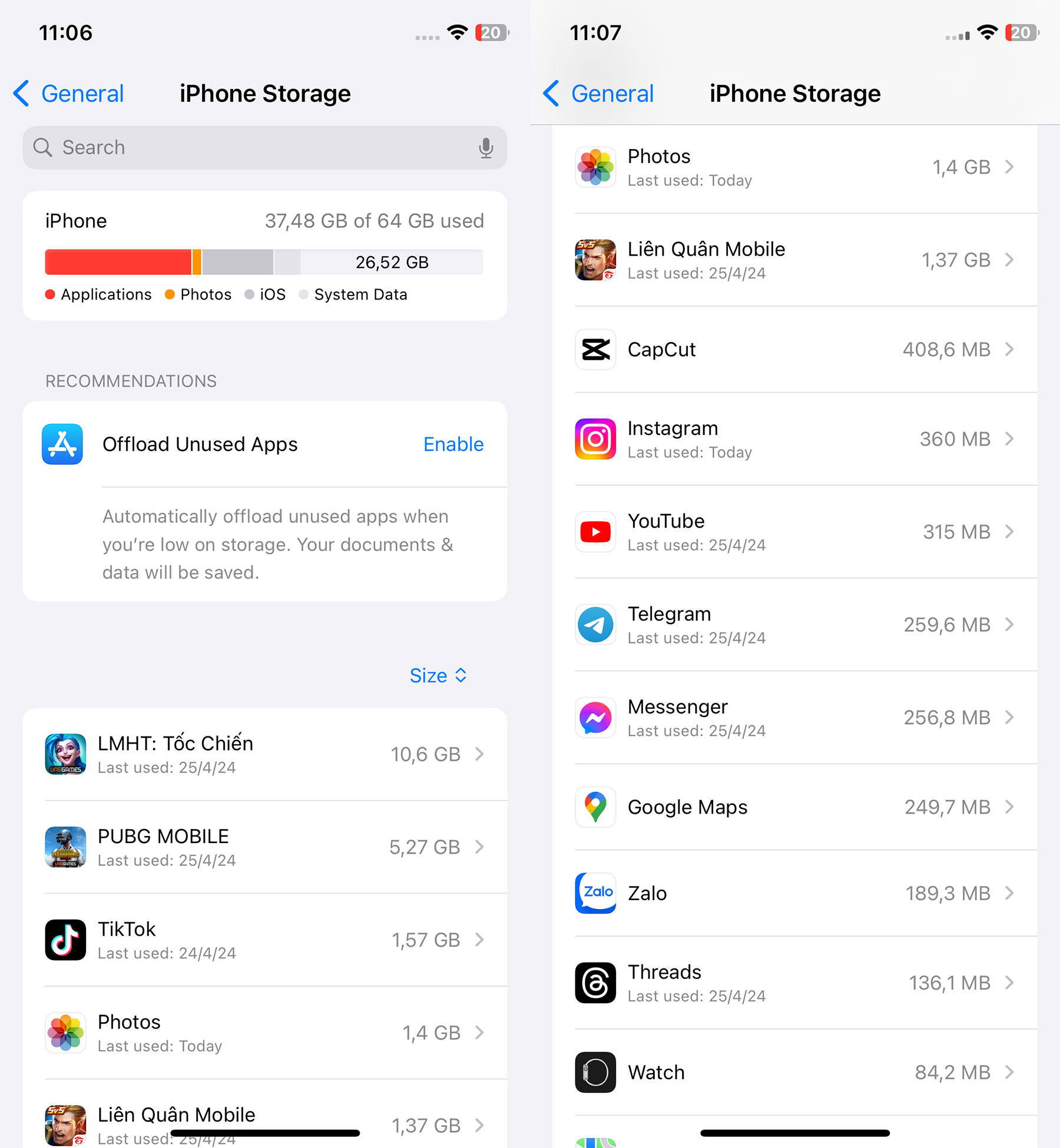
Trade-off №2: Weak Battery Since its launch, the iPhone XS’s 2,658mAh battery has been criticized for its limited capacity. It has the lowest battery capacity among the 2018 iPhone lineup, resulting in underwhelming battery life even with moderate usage. Real-world usage, such as streaming videos, social media browsing, and gaming, drains the battery quickly, often requiring recharging before the day ends. Additionally, relying on mobile data further diminishes the iPhone XS’s battery life.
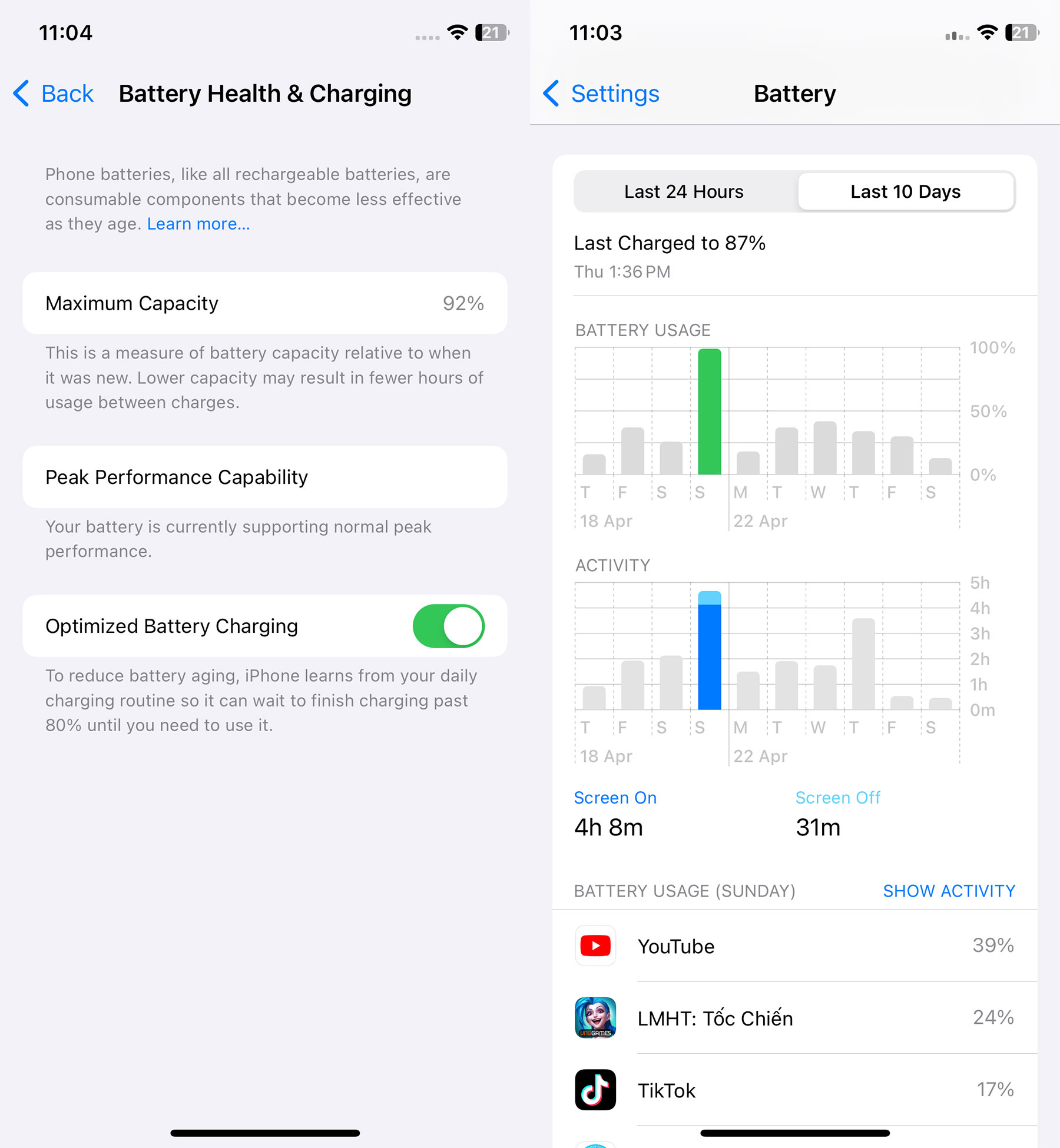
Trade-off №3: Limited Performance Despite its enduring popularity, the iPhone XS’s aging hardware may struggle with demanding tasks and newer apps. While it still offers a smooth user experience for everyday use, its performance may fall short compared to newer models, especially with resource-intensive applications and games. Upgrading to newer iPhones would provide better performance and longevity but at a higher price point.
In summary, while the iPhone XS may offer certain advantages, potential buyers must carefully consider its storage limitations, battery life, and performance compromises before making a purchase decision in 2024.
Besides, the iPhone XS still uses the outdated Lightning charging standard. My workspace has become more cluttered with the addition of another Lightning cable. Naturally, charging time on the iPhone XS is also prolonged, and the device does not support modern standards like MagSafe.
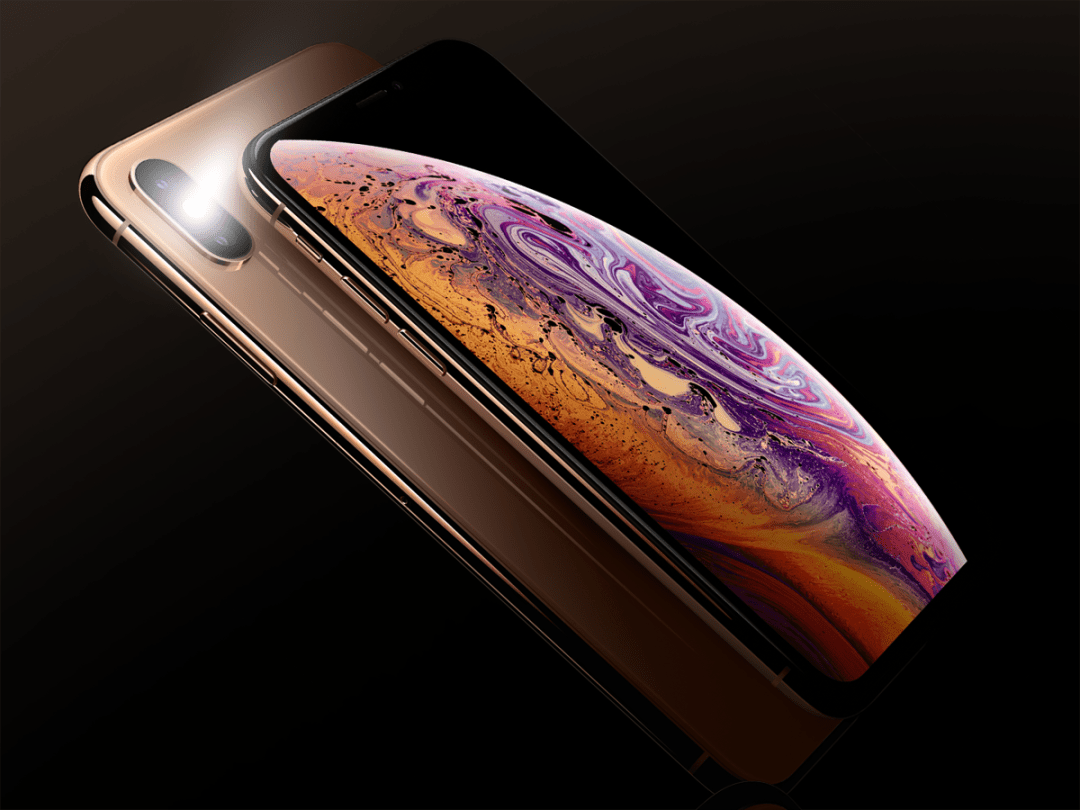
Trade-off №4: May Not Receive iOS 18 Updates. A plus point is that despite its age, the iPhone XS still receives support for updates up to iOS 17.4.1, equivalent to 6 iOS versions. This number surpasses many Android flagships released in the same year. For instance, the Galaxy Note 9 and Xperia XZ2 only received updates for 2 years with Android 10. Even Google’s Pixel 3XL, known for its timely updates, is limited to Android 12, or 4 Android versions.
However, these could be the final iOS versions that the iPhone XS receives. Consequently, iOS 17 does not support the 2017 flagship models, including the iPhone 8 series and iPhone X. Therefore, it’s reasonable to assume that iOS 18 may also not be compatible with the iPhone XR, iPhone XS, and iPhone XS Max, the three 2018 flagships.
Thus, concerning future update capabilities, the iPhone XS might lag behind newer Android devices in its segment. For example, the Redmi Note 13 has already received the Android 14 update (HyperOS), and there’s a high likelihood of receiving Android 15 in the future. Moreover, the Galaxy A15 4G supports up to 5 years of security updates, making it the device with the longest lifecycle in the budget segment.
Despite these aforementioned drawbacks, is the iPhone XS still a good device?
These are the three significant trade-offs with the iPhone XS at present. However, if you can overlook these compromises, it’s essential to emphasize that the iPhone XS is still a very good device, capable of meeting basic to moderate needs.
Firstly, the iPhone XS remains a top choice for newcomers to vlogging and TikTok. The video quality on this device is still excellent, even surpassing newer competitors in the same price range. Specifically, the iPhone XS optimizes well for third-party social media apps. This means users can directly capture content on platforms like Instagram and Telegram without worrying about reduced image quality.
In terms of photo quality, overall, the iPhone XS performs decently. In well-lit conditions, it captures images with a wide dynamic range, good details, and natural-looking colors. The device also features a telephoto camera for zooming and portrait shots with a larger focal length. The only drawback of the iPhone XS is the lack of a dedicated night mode. Therefore, low-light photos on this device may fall behind compared to Pixel and Samsung devices in the same price range.






